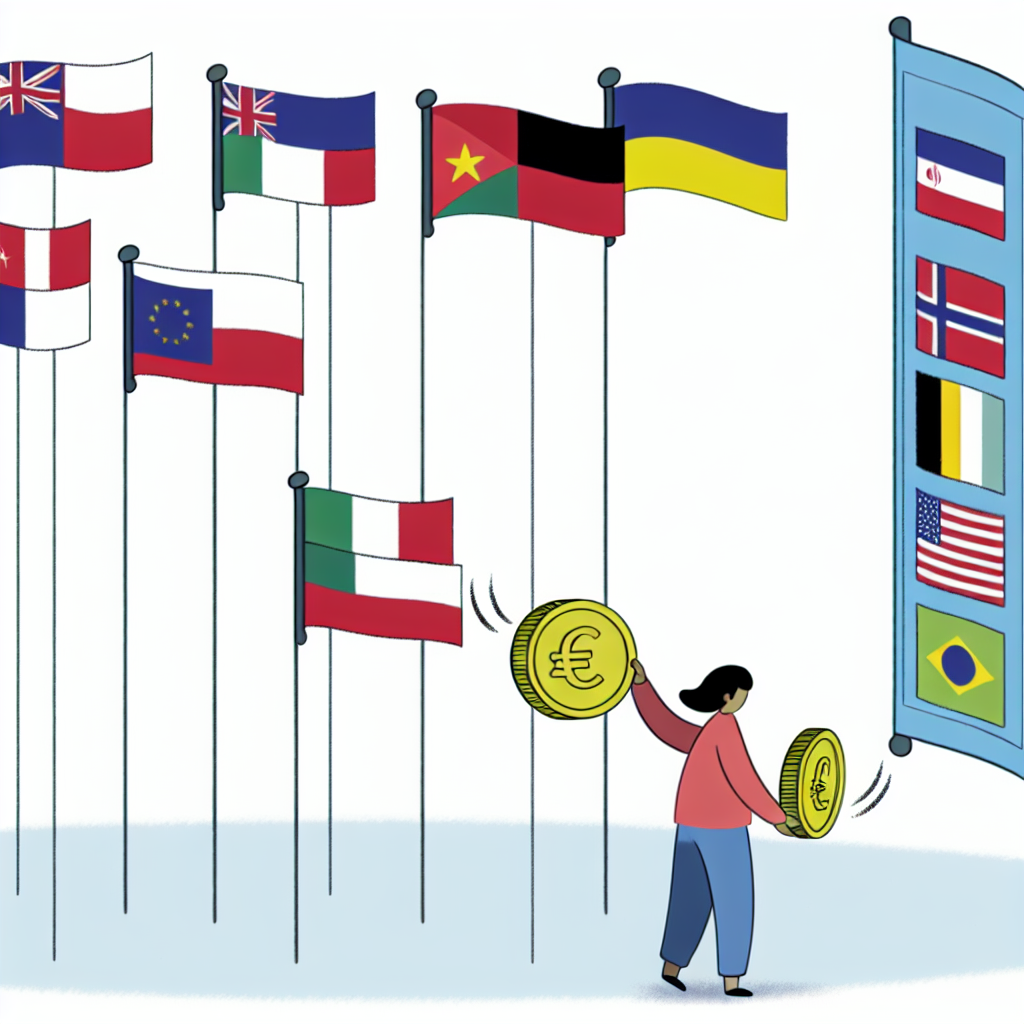
Understanding the Impact of Currency Exchange Rates on International Transfers
When it comes to making international transfers, whether for business transactions or personal reasons, one crucial factor that can significantly influence the process is currency exchange rates. Fluctuations in exchange rates can have a substantial impact on the amount of money received by the recipient, affecting both individuals and businesses alike. In this article, we will explore the various ways in which currency exchange rates can impact international transfers and provide some insight into how you can navigate these fluctuations effectively.
Why Do Exchange Rates Matter?
Exchange rates determine the value of one currency relative to another. When sending money internationally, the sender’s currency needs to be converted into the recipient’s currency. The exchange rate at the time of the transfer plays a crucial role in determining how much money will ultimately be received. Even small fluctuations in exchange rates can result in significant differences in the final amount received by the recipient.
Factors That Influence Exchange Rates
Exchange rates are influenced by a variety of factors, including:
- Interest Rates: Higher interest rates in a country can attract foreign investment, increasing the demand for that country’s currency and driving up its value.
- Inflation Rates: Countries with low inflation rates generally see an appreciation in the value of their currency, as the purchasing power increases.
- Political Stability: Political stability and economic performance can impact a country’s currency value. Countries with stable governments and strong economic performance tend to have more robust currencies.
- Market Speculation: Speculation by traders and investors can also influence exchange rates, leading to short-term fluctuations.
Types of Exchange Rates
There are different types of exchange rates that can impact international transfers:
- Spot Exchange Rate: The spot exchange rate refers to the current exchange rate at the time of the transaction. This rate is used for immediate transactions, with the settlement typically taking place within two business days.
- Forward Exchange Rate: The forward exchange rate is a predetermined rate for future transactions, usually set for a specific date in the future. This rate allows businesses to hedge against potential exchange rate fluctuations.
- Real Exchange Rate: The real exchange rate takes into account the effects of inflation on exchange rates, providing a more accurate reflection of a currency’s value.
Strategies to Mitigate Exchange Rate Risk
Given the potential impact of exchange rate fluctuations on international transfers, it is essential to have strategies in place to mitigate this risk. Some effective strategies include:
- Forward Contracts: Utilizing forward contracts can help protect against adverse exchange rate movements by locking in a specific rate for a future transaction.
- Limit Orders: Setting limit orders allows you to target a specific exchange rate. Once the rate reaches your desired level, the transfer will be executed automatically.
- Use of Hedging Instruments: Hedging instruments such as options and futures can be used to protect against currency risk and minimize potential losses.
Impact on Businesses and Individuals
For businesses engaged in international trade, currency exchange rates can have a significant impact on profit margins. Fluctuations in exchange rates can affect the cost of imported goods and the revenue generated from exports, impacting overall profitability. Individuals sending money overseas may also find that exchange rate fluctuations can affect the amount received by the recipient, potentially leading to unexpected variations in the value of the transfer.
Conclusion
It is clear that currency exchange rates play a crucial role in international transfers, impacting both businesses and individuals alike. By understanding the factors that influence exchange rates and implementing effective risk mitigation strategies, you can navigate these fluctuations more effectively and ensure that your international transfers are conducted smoothly and efficiently.





